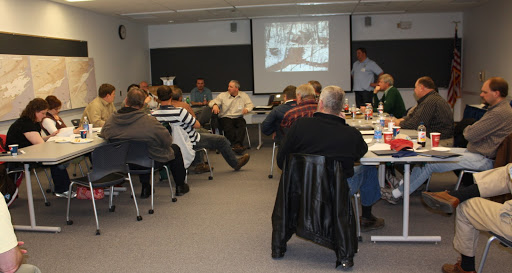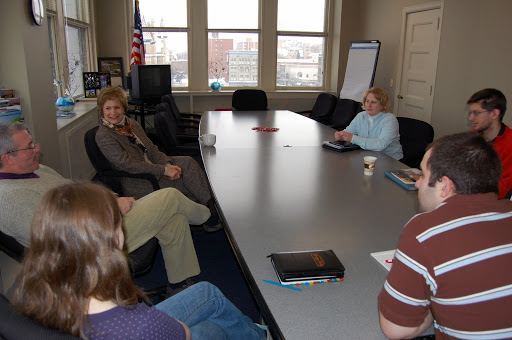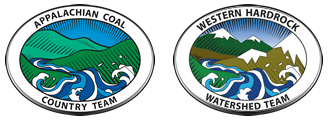Based on the work of
Headwaters, Inc.
Southeast Kentucky
The Head of Three Rivers Project existed for several years as a watershed group without 501(c)3 nonprofit status. In order to take the next step to become Headwaters, Inc., the group needed additional volunteers for their board of directors, so they devised a new method to identify and recruit volunteers with specific skills. Two group leaders and an OSM/VISTA created a spreadsheet that listed the skills they needed and those that were met by their current volunteers. It clearly indicated types of people they would need to recruit in the future. In addition, they sat down and made a list of 20 to 25 people in the community from across various careers and roles as leaders in the community. They sent each one a personal letter inviting them to attend a meeting to discuss the formation of the non-profit. The meeting resulted in a functioning board. They continue to use the spreadsheet to identify new volunteers.

Tested by
Friends of the Cheat
Northern West Virginia
With this trial practice, Friends of the Cheat (FOC) challenged its board of directors to recruit new members to join the board by creating a spreadsheet that identified specific skills to be developed to enhance FOC’s overall effectiveness. The intent of this practice was to attempt to strengthen the FOC Board—going through its own complacency/disengagement issues—in order to take some of the transitional stress off the staff. Though under different circumstances than Headwaters, FOC utilized their own version of a spreadsheet of listed skills needed and pursued people with those skills for the board. Instead of writing letters to prospective new board member candidates, FOC approached specific people with skills or qualities needed who had varying levels of existing involvement with FOC. Key weaknesses in the existing board were acknowledged and potential candidates that might fit those needs were identified at board meetings. Two new board members were added and several others were approached but opted not to join for various reasons. There was also a change in attitude as to what is an appropriate level of involvement as a board member. People recognized that if they are not able to serve at that level, then it is not fair to the organization, other board members or themselves.
Tested by
Shamokin Creek Restoration Alliance
Northeast Pennsylvania
Shamokin Creek Restoration Association (SCRA) has been operating for more than 10 years and had a need for new board members to bring fresh hope, faith and excitement into the operations of the organization. Longtime members were facing volunteer burn-out issues from tackling projects with a lack of community support. Several members left or severely cut back the time they spend working with the group. Attempting to add to and improve SCRA’s existing board presented a different set of challenges than those faced by Headwaters, but SCRA was still able to use an adapted version of this board recruitment model. Skills needed to help the group move forward were listed, then presented to the group for additions and amendments to create a comprehensive skills/needs spreadsheet. Naming and contacting potential candidates to fill those needs, however, was difficult for this organization. Group members were reluctant or unwilling to offer suggestions for people they thought might want to become involved. Without this crucial input, a new strategy for letter-writing had to be devised. Approximately 100 letters were sent to local churches and businesses. Current members were asked in a letter accompanying membership renewals. One new person joined the board and three other people became active members of the organization as a result.

“It’s never a bad thing to look at the strengths and weaknesses of your board. If you’re working on developing a board, creating a spreadsheet that highlights strengths and weaknesses and, more importantly, needs, is a great tool…It’s a delicate process, but if executed properly it’s definitely a healthy practice for pretty much all organizations.”
-Friends of the Cheat
